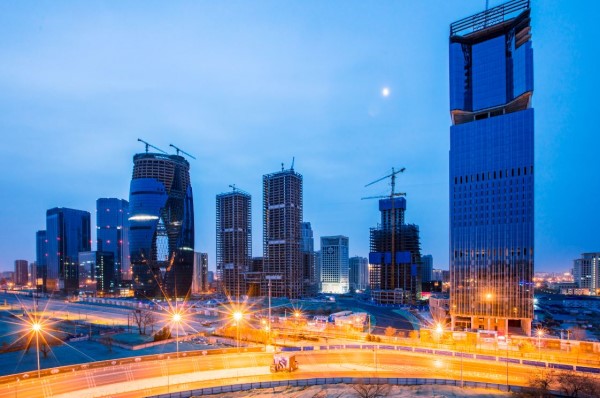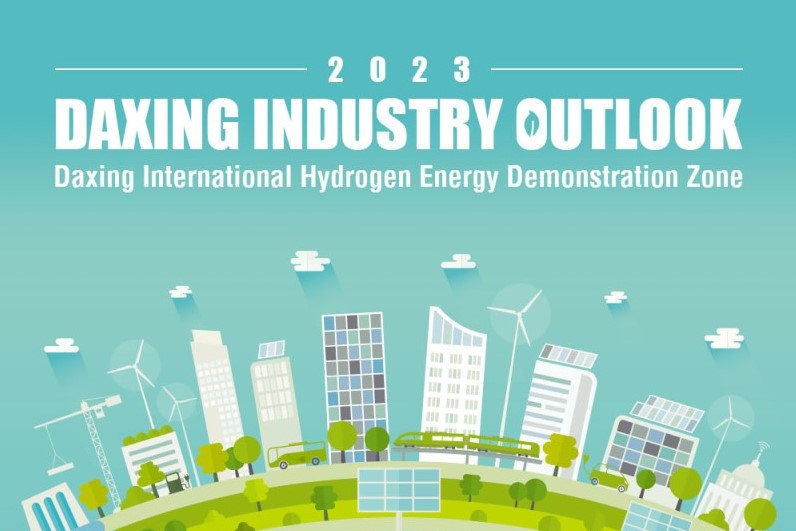Southern Beijing to become new economic driver
Beijing plans to invest 590 billion yuan ($91.3 billion) between this year and 2025 to develop its southern districts, which have already undergone massive changes in the last 10 years.
The plan includes 260 major projects covering education, healthcare, business and public welfare sectors, said Li Sufang, deputy director of the Beijing Municipal Development and Reform Commission, at a news conference on July 29.

A view of Beijing Lize Financial Business District. [Photo provided to China Daily]
The rapid development of southern Beijing began in 2010 when the first round of the ongoing action plan was launched.
Lan Tian, who is in his 30s and lives in southern Beijing's Daxing district, said he never expected that his residential community would develop so quickly, with shopping malls, convenience stores and public parks multiplying.
"I feel that my life is becoming more colorful due to the improvements in recent years," he said. "A big surprise was the completion of Daxing International Airport, which has shortened travel time to the airport for business trips and other travel."
"I like the airport. It's spacious, clean and modern. I usually go half a day earlier to enjoy the restaurants, bookstores and shopping in the terminal," Lan added.
During the fourth round of the action plan for southern Beijing, one focus will be on high-quality development around the airport, aimed at promoting the area as a new driver of economic growth in the capital.
In Daxing district's Lixian township, the Beijing Free Trade Zone's innovation service center stands ready. Dozens of companies have moved in and are busy decorating their offices for opening.
The companies work mainly in biological medicine and finance, attracted by the center's policies that support international talent and offer convenient market supervision.
In addition to Daxing, Beijing's southern region includes three other districts: Fengtai, Fangshan and the Beijing Economic Technological Development Area.
Liu Li, deputy head of the development area, said it will strengthen cooperation with southern Beijing's other districts in industries like smart manufacturing, intelligent new energy automobiles and logistics.
Zhou Xinchun, deputy head of Fengtai, said the district's Lize area, which is focused on the financial industry, will develop quickly in the next five years.
"Transportation and power supplies in the district will both improve," he said.
Lyu Chenfei, deputy head of Fangshan, said the district will focus on culture and tourism over the next five years through a number of key projects including a national panda breeding center, a wine country and a Lego theme park.
According to official data, GDP in the capital's southern region has grown from 229.6 billion yuan to 559.2 billion yuan over the last 10 years.
Under the current phase of the action plan, which will be carried out over the next five years, the region aims to build four more 100-billion-yuan industrial clusters, covering the sectors of biotechnology and health, the new generation and innovative use of information technology, robotics and high-end equipment.
Major new cultural facilities will also be built, including clusters of museums and an art center for the National Ballet of China, and new schools and hospitals will be added. The plans include room for environmental advancement and future adjustments.
In addition, Beijing will also support the southern districts in creating more than 10,000 hectares of green space in the next five years through the renovation and construction of major wetlands and forest parks as part of its effort to become a national forest city.

